Le Matin
Wonderful mezzotint and etching on China paper applied. The inscription reads: "Le matin / J. J. Tissot Sc. et ex. 1886" . Titled, signed and dated on plate on the lower margin, below the image. The second state of two (the first state is avan lettre). Plate staked out. Beautiful impression, wide margin.
James Jacques Tissot (Nantes, 1836 - Chenecey-Buillon, 1902) Draftsman of fashionable high-society women in the late 1800s, James Jacques-Joseph Tissot captured the charmed elegance of his social world by documenting the costumes, decors, and events of the élite.
Wonderful mezzotint and etching on China paper applied. The inscription reads: "Le matin / J. J. Tissot Sc. et ex. 1886" . Titled, signed and dated on plate on the lower margin, below the image. The second state of two (the first state is avan lettre). Plate staked out.
Beautiful impression, wide margins, in excellent conditions except for some rips on the lower right margin outside of the engraved surface.
Reference: Beraldi, 73 - Tissot, 88 - Wentworth, 82.
James Jacques Tissot (Nantes, 1836 - Chenecey-Buillon, 1902) Draftsman of fashionable high-society women in the late 1800s, James Jacques-Joseph Tissot captured the charmed elegance of his social world by documenting the costumes, decors, and events of the élite. A superb painter, printmaker, and enamelist, Tissot was a student of Hippolyte Flandrin and Louis Lamothe at the École des Beaux-Arts in Paris, but after fighting in the Franco-Prussian war he moved to London, where a caricature gig at Vanity Fair granted him entry to the upper class. Upon meeting his wife and muse Kathleen Newton, Tissot drastically altered his lifestyle and subject matter and upon her death he returned to Paris with a deep faith and spirituality that was reflected in his work thereafter.




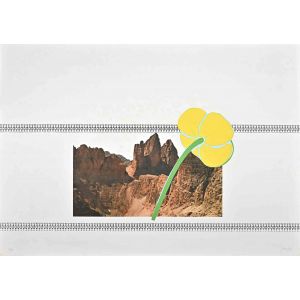
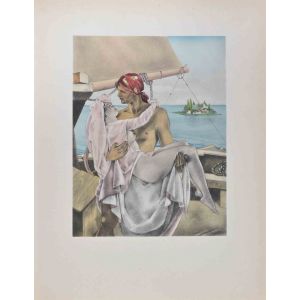
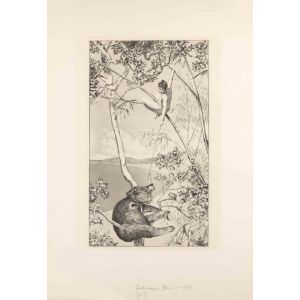
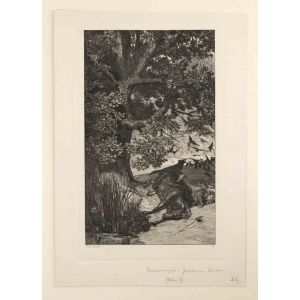
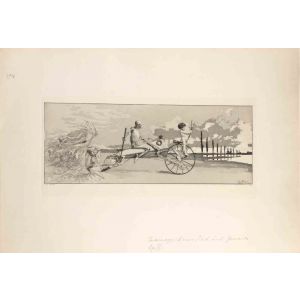
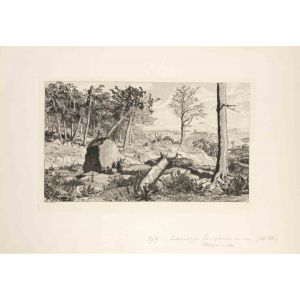
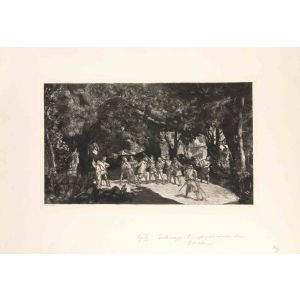
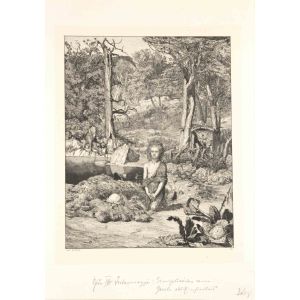
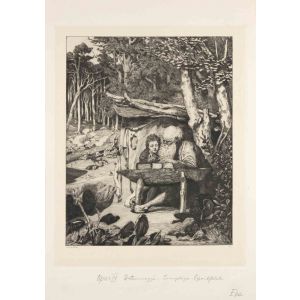
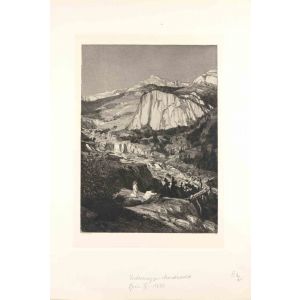

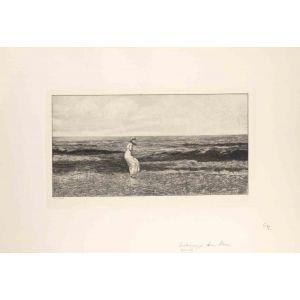
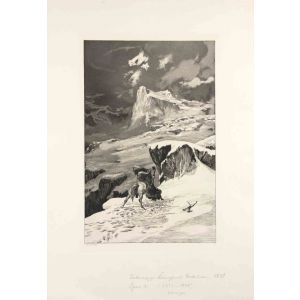






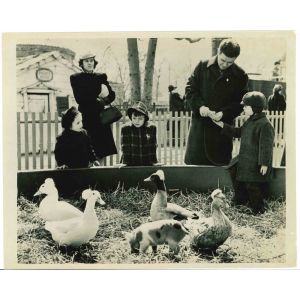



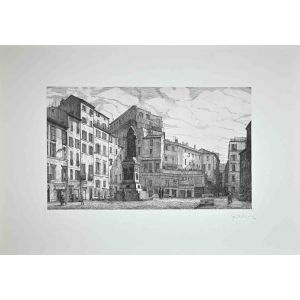








Validate your login
Sign In
Create New Account